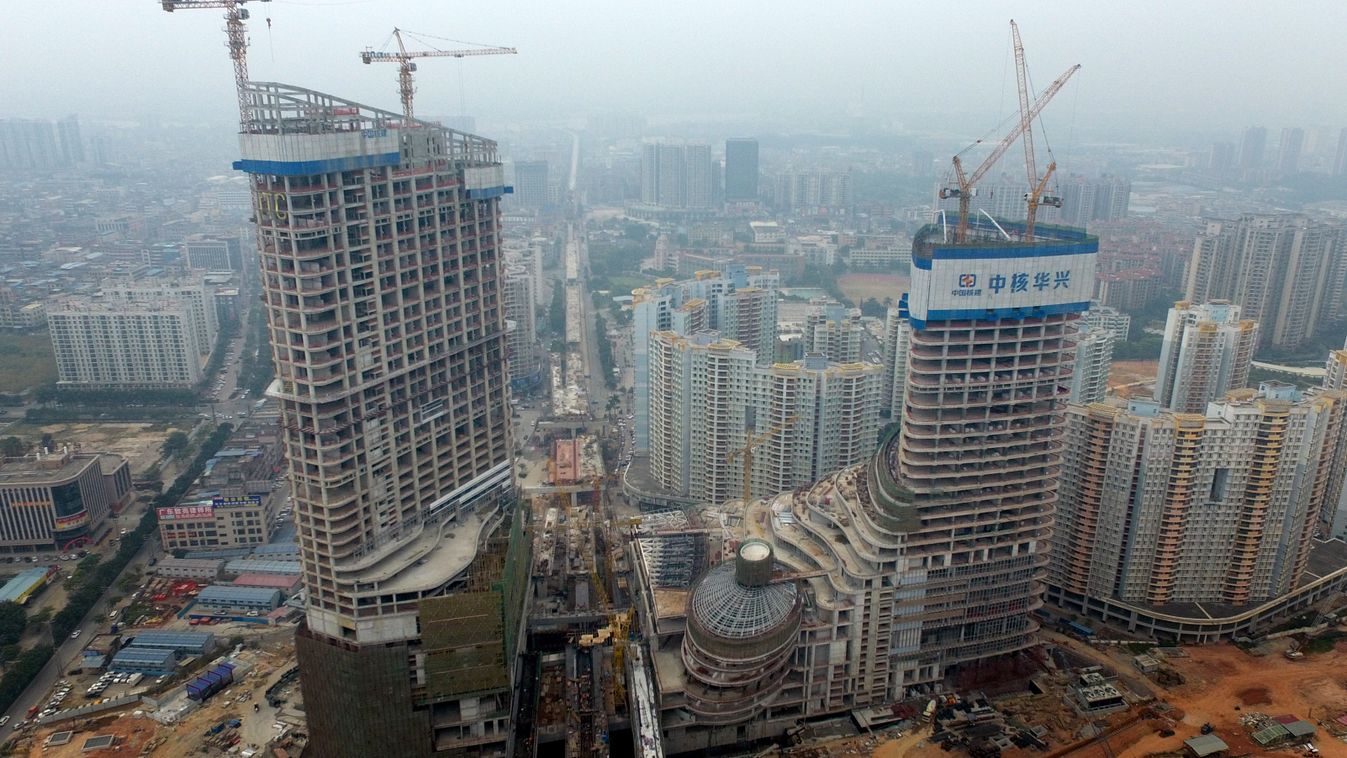Akár 6,9 százalék is lehet a 2017-es kínai GDP-növekedés


Az első és a második negyedévben a kínai bruttó hazai termék (GDP) évi 6,9 százalékkal nőtt, a harmadik negyedévben pedig 6,8 százalékra csökkent a növekedési ütem.
Az összevont három negyedév növekedési üteme az előző évi azonos időszakhoz képest 6,9 százalék volt.
A kormány 6,5 százalékos GDP-növekedést irányozott elő a 2017-e évre.

Az intézet közgazdásza Hszü Hung-caj (Xu Hongcai) rámutatott: a külkereskedelmi forgalom fellendült tavaly, a lakossági fogyasztás a korábbi magas szinten tartotta magát és jelentősen megerősödött a fejlett technológiai ágazatok teljesítménye.
A kínai vámhivatal pénteki jelentése szerint a külkereskedelmi forgalom két év csökkenés után tavaly 14,2 százalékkal nőtt.
A kínai nemzeti statisztikai hivatal, az NBS elnöke szombaton egy pekingi gazdasági konferencián kijelentette, hogy
a vártnál lényegesen jobban teljesített tavaly a gazdaság.
Az NBS a héten csütörtökön teszi közzé a főbb makrogazdasági mutatókat, a negyedik negyedévi és éves GDP-növekedés, a decemberi ipari termelést, a decemberi tőkeberuházásokat, a decemberi kiskereskedelmi forgalmat és az urbánus centrumokban az ingatlanárak alakulását.
A Világbank a külkereskedelmi forgalom és a lakossági fogyasztás növekedésére hivatkozva legutóbbi prognózisában 6,8 százalékra emelte 2017-es kínai GDP-növekedési előrejelzését az októberi előrejelzésében kilátásba helyezett 6,7 százalékról.
A Nemzetközi Valutaalap (IMF) 6,8 százalékos 2017-es kínai GDP-növekedéssel számol.











